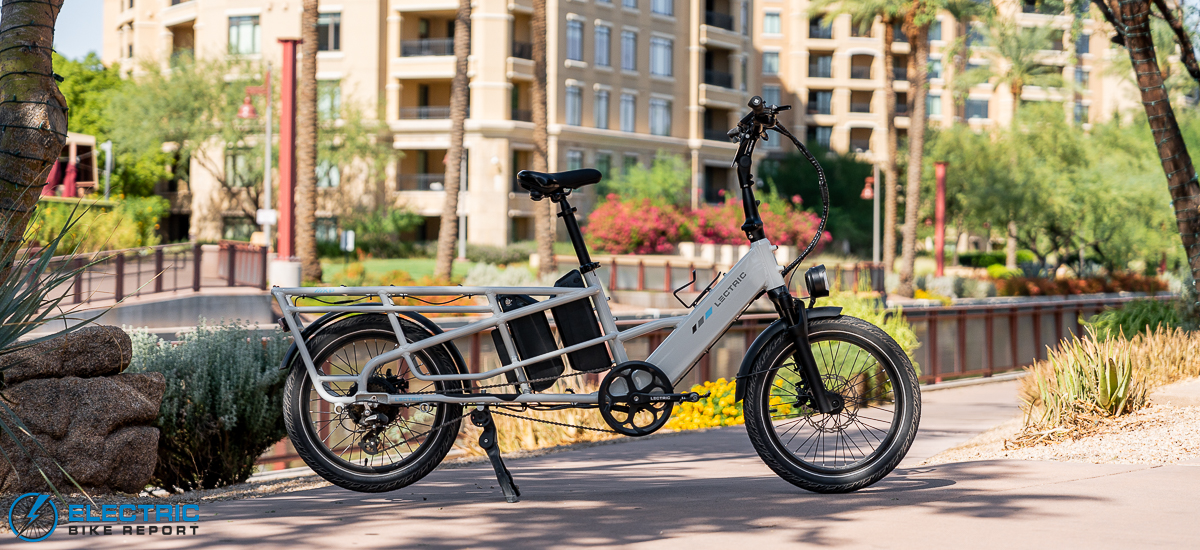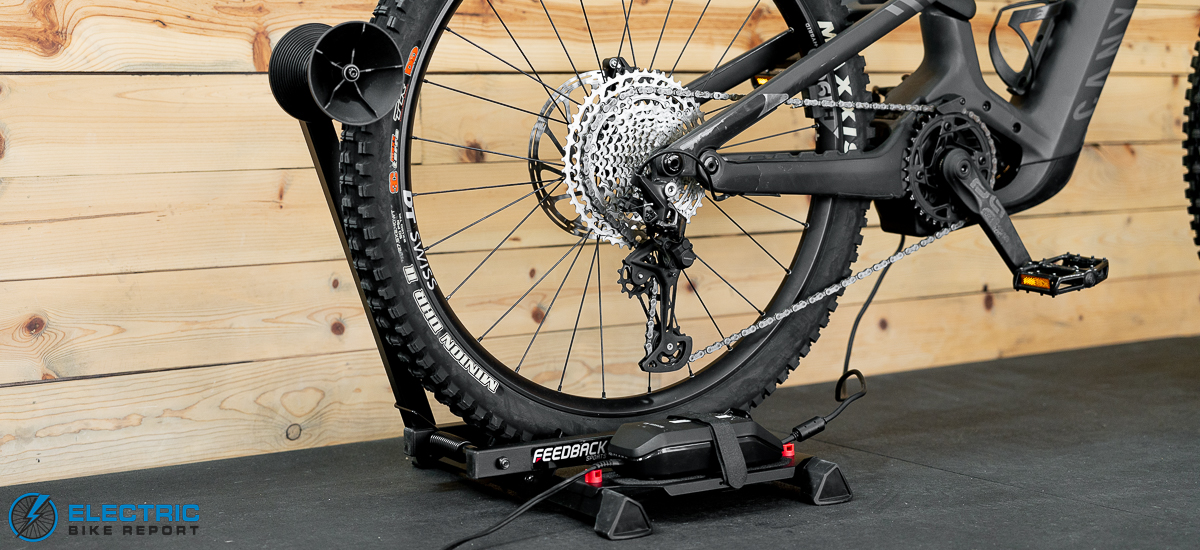
A study released by Underwriter’s Laboratories revealed that not only do most people not know the composition of a lithium-ion battery, but a whopping 49 percent of us charge our e-bike in a location that blocks our exit path.
There are certain practices that e-bike owners can and should follow when charging. In our article we will outline the steps that users should take any time they charge their e-bike’s battery. We have 14 recommendations that will help reduce the chance of a problem when charging.
Battery hygiene checklist
We’ve consulted with top experts in the industry in assembling our recommendations. This list compiles the responses we received from experts when we asked them: What do you want consumers to know about charging their e-bike?
Here are the steps they recommend:
1. Use only the charger that came with the battery or e-bike.
2. Follow the instructions in the owner’s manual.
3. Charge indoors in a place where the temperature will remain between 50 F and 77 F (10 C–25 C)
4. Select a location with good air circulation to keep the charger cool while charging
5. Plug the charger into the e-bike or battery first, then plug the charger in the wall; this prevents the possibility of an arc that could damage electronic components
6. Plug the charger directly into an outlet; do not use extension cords or power strips.
7. Make sure there are no flammable materials near the battery and charger.
8. Never charge when no one is present.
9. Do not leave the battery charging overnight. Once the battery is charged, disconnect it from the charger.
10. For the forgetful, use a timer to turn off the charger after four to six hours.
11. Mount a smoke detector above the charging area.
12. Never try to use or charge a damaged or defective battery.
13. Buy quality batteries. Not used, cheap, or reconditioned batteries.
14. Be sure whoever is present understands that such a fire requires a rapid evacuation.
Follow those steps and the chance that you’ll ever have an issue will be minimal.
We need to remind everyone that lithium-ion batteries don’t have an unlimited lifespan. Following several years of daily or near-daily use, an e-bike’s battery will need to be replaced. We have some recommendations for you to follow when the time comes to replace your e-bike’s battery:
It’s time to replace your battery if:
1. If the battery’s capacity has dropped by 25 percent or more, it’s time. Practically speaking, that means if the e-bike used to cover 20 mi. in PAS 5, but now covers only 15, it’s time.
2. If the battery is hot to the touch at any time, whether riding, charging or in storage. Thermal runaway can begin at 233 F internally. A battery that is hot to the touch is trouble.
3. If the display shows error messages related to the battery, that is likely a sign that it has reached the end of its life.
4. If there is a loss in other performance metrics besides range, such as slower acceleration or an inability to hit top speed, that battery is at the end of its life.
5. If the battery exhibits a sudden drop in voltage; when this happens a rider will experience a sudden decrease in speed—that battery is compromised.
6. If the casing bulges, swells or exhibits cracks, it needs to be replaced.
7. If the battery produces smoke, a burning smell or any other foul odor, whether in storage, while charging or in use, it needs to go.
8. Signs of corrosion on the battery or charger contacts are signs the battery is compromised.
9. If the battery charges quickly and discharges quickly, resulting in a loss of range, it should be retired.
10. If the battery becomes fully immersed in water—as in under water, not rain—that can cause corrosion and compromise the battery; replace it.
Any one of these signs provides sufficient cause to replace the battery. Multiple signs aren’t necessary, but more than one makes replacement more urgent.






